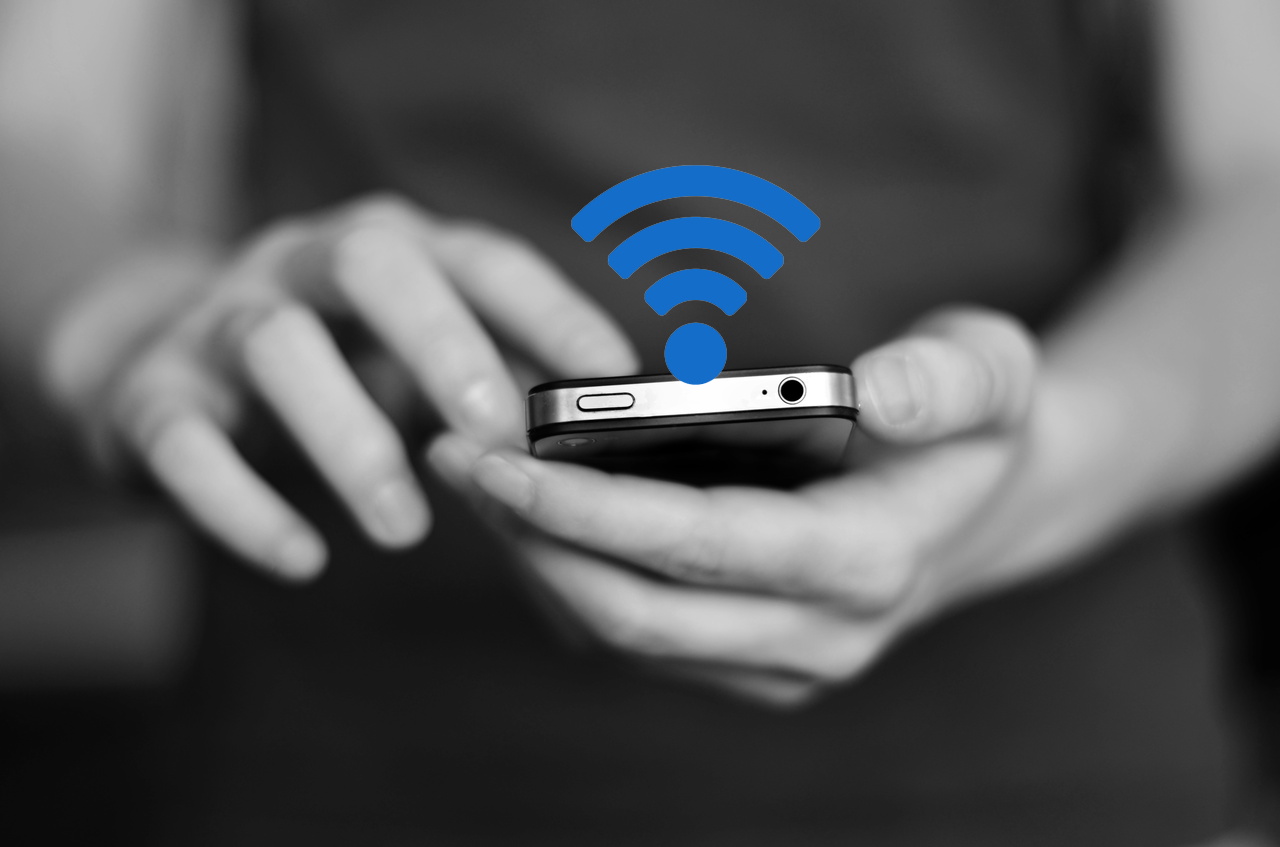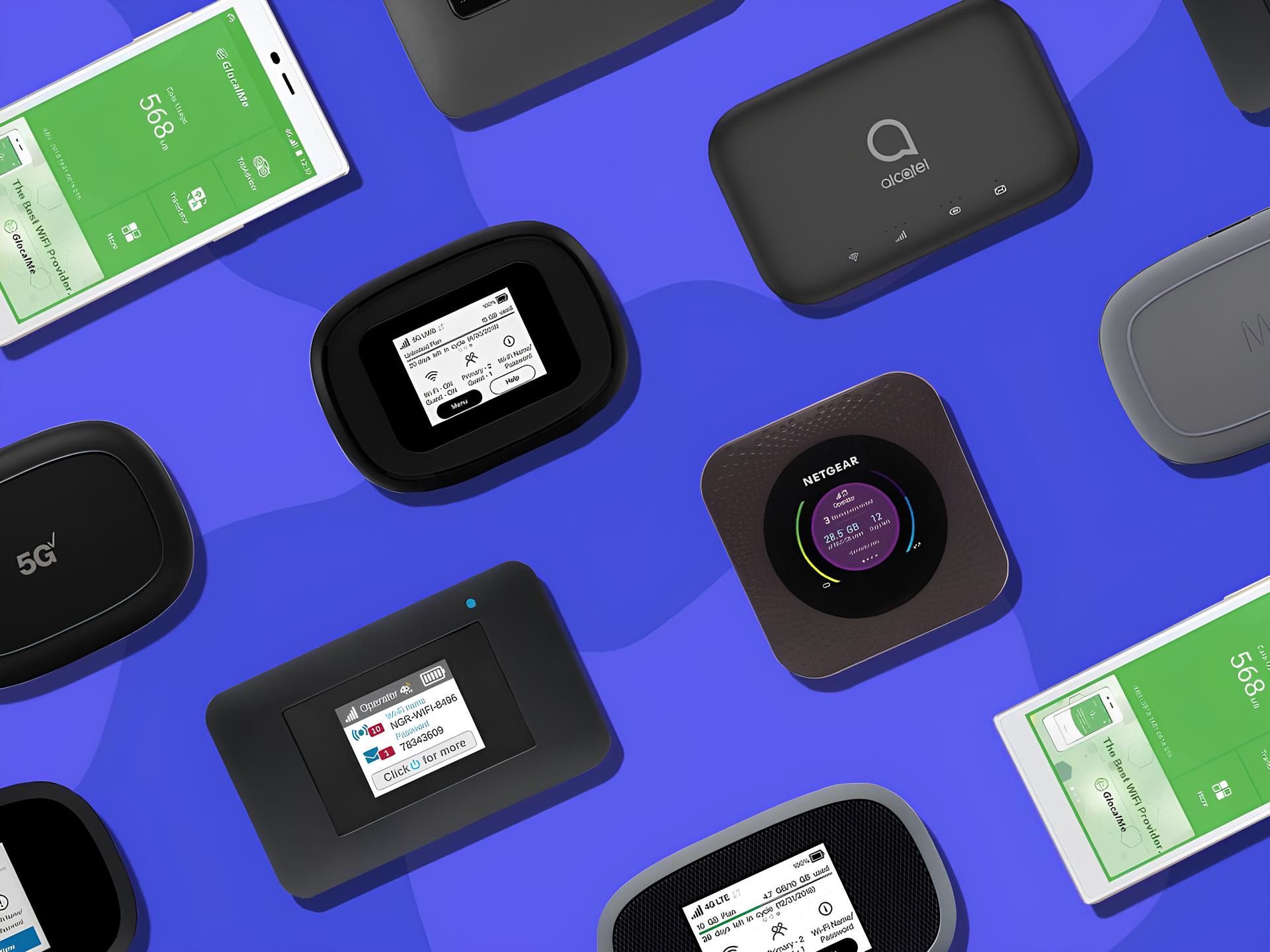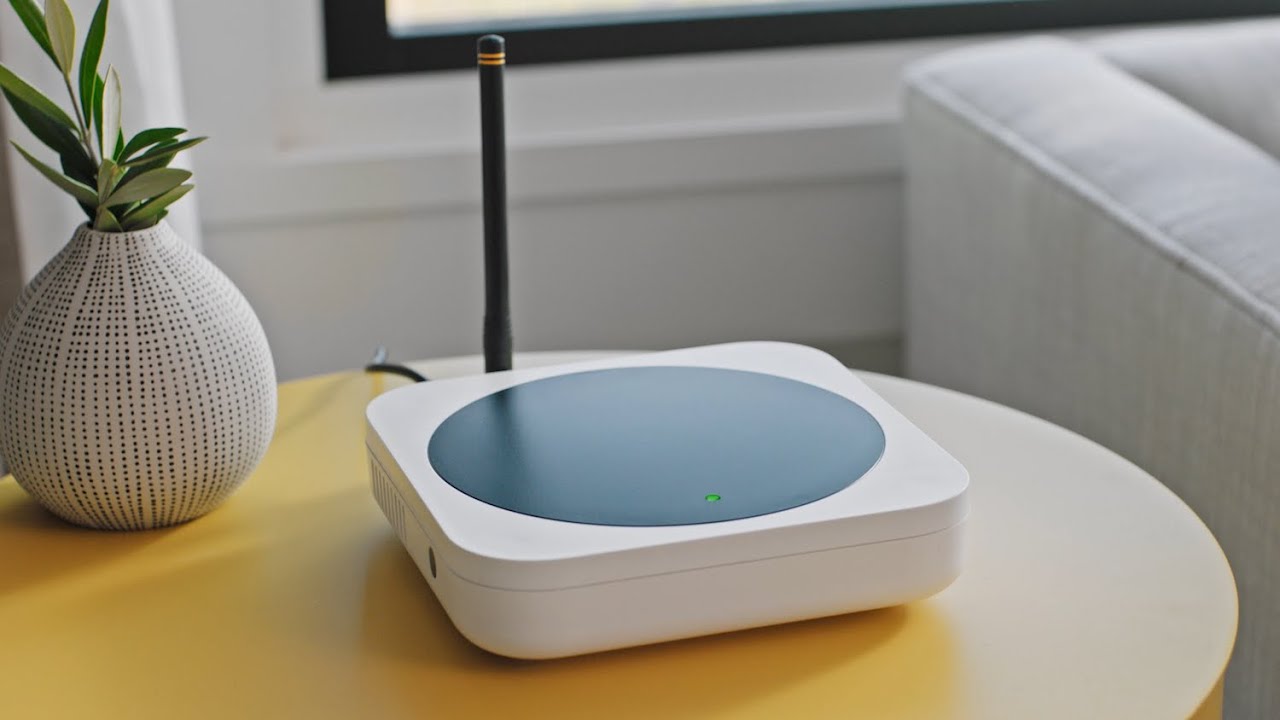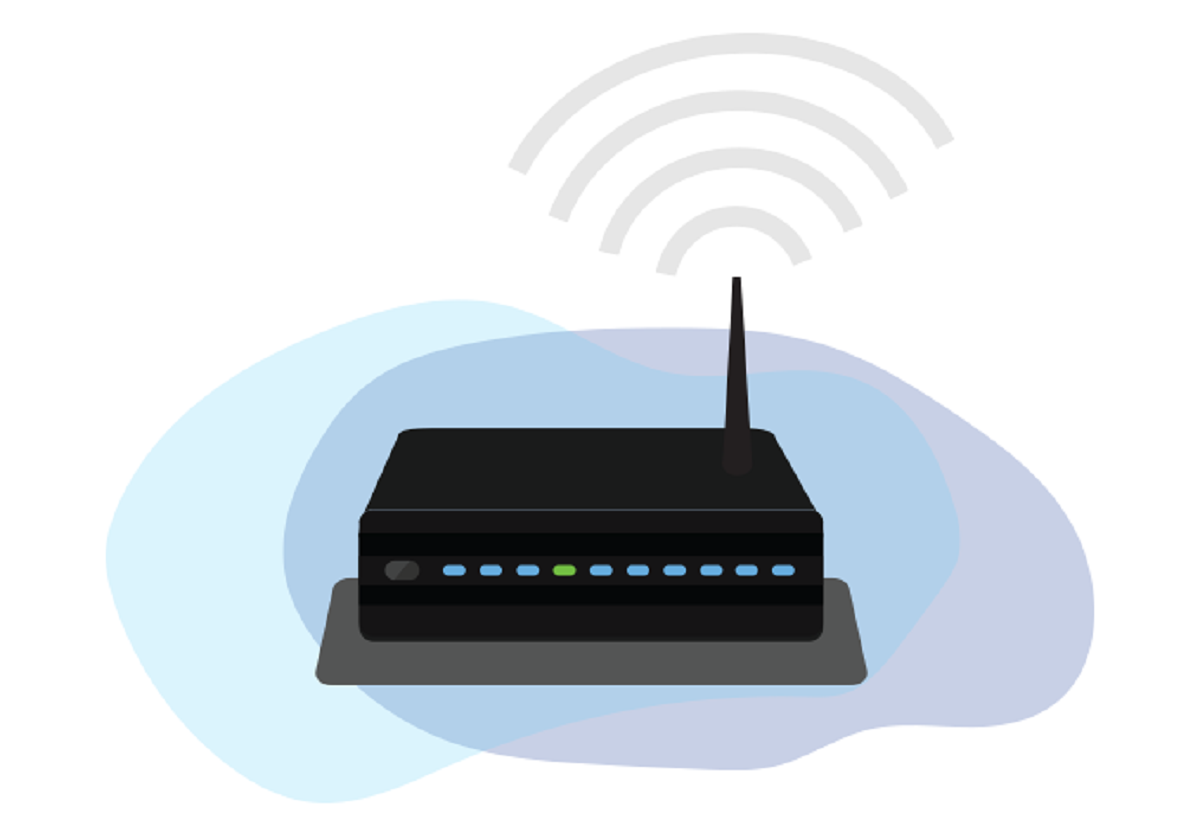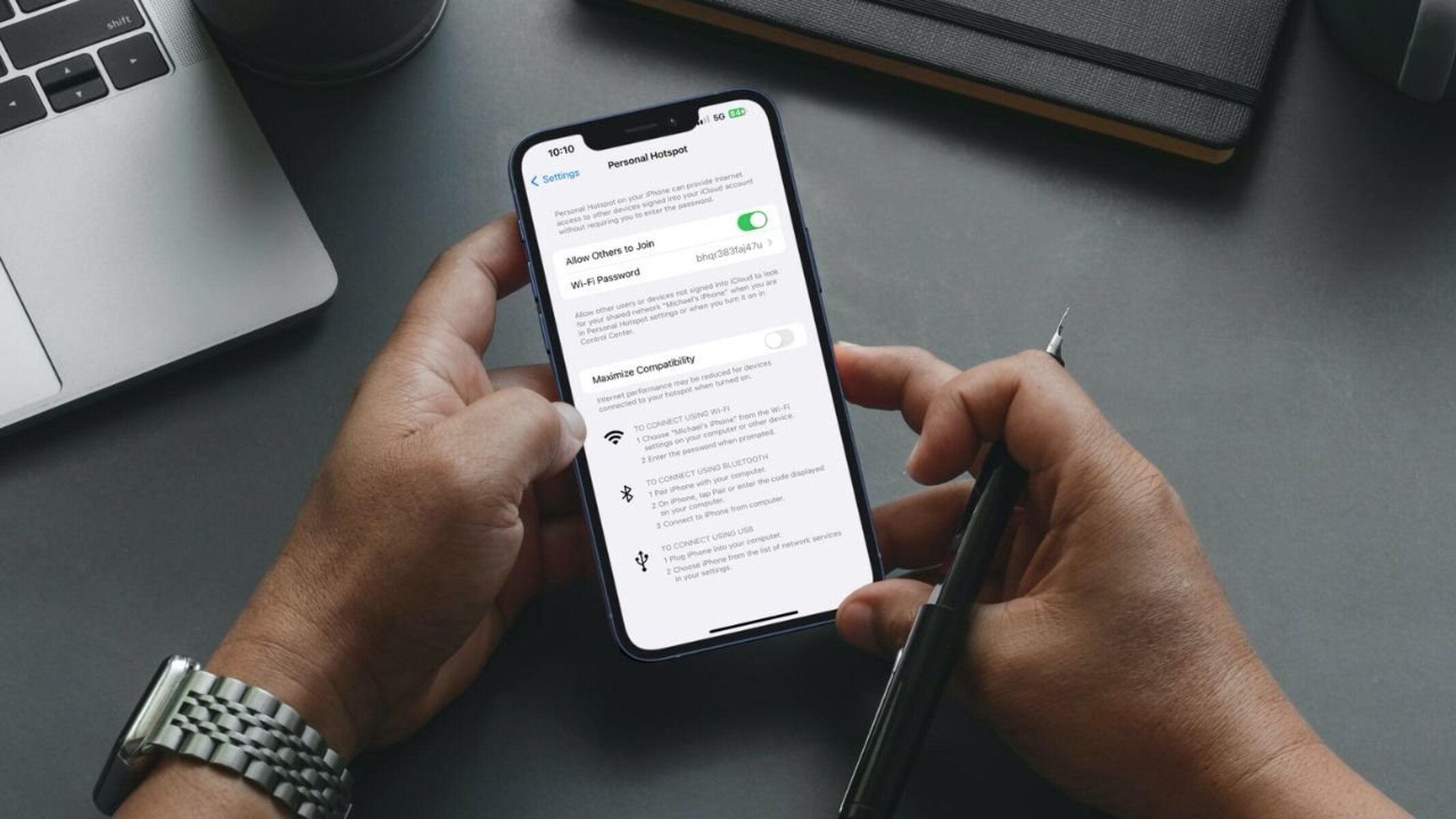Choose the right location for your mobile hotspot
Selecting the optimal location for your mobile hotspot is a crucial step in maximizing signal strength and ensuring a stable connection. By strategically positioning your device, you can significantly enhance its performance and provide a better internet experience for all connected devices.
Here are some essential tips for choosing the right location for your mobile hotspot:
-
Avoid Interference: Place your mobile hotspot away from potential sources of interference, such as large metal objects, electronic appliances, and other wireless devices. These can disrupt the signal and lead to connectivity issues.
-
Maximize Line of Sight: Whenever possible, position your mobile hotspot in a location with a clear line of sight to the connected devices. This can help minimize signal obstructions and improve overall connectivity.
-
Seek Higher Ground: Elevating your mobile hotspot can often yield better signal strength. If you're in a multi-story building, consider placing the device on the highest floor to optimize coverage.
-
Utilize Windows: If you're indoors, positioning the mobile hotspot near a window can enhance signal reception, especially if you're in an area with weak cellular coverage.
-
Consider External Antennas: Some mobile hotspot devices support external antennas, which can be positioned in an area with the best signal reception. This can be particularly beneficial in rural or remote locations with limited coverage.
-
Test Different Locations: If you're unsure about the best placement for your mobile hotspot, try testing various locations within your space to determine the spot with the strongest signal.
By carefully selecting the location for your mobile hotspot, you can optimize signal strength and create a more reliable and efficient internet connection for your devices. This simple yet impactful step can make a substantial difference in your overall connectivity experience.
Use a signal booster or external antenna
In situations where the mobile hotspot signal is consistently weak or unreliable, leveraging a signal booster or an external antenna can be a game-changer. These supplementary devices are designed to amplify and enhance the existing signal, providing a significant boost to connectivity and overall performance. Whether you're operating in a remote area with limited coverage or struggling with weak signals indoors, employing a signal booster or external antenna can make a remarkable difference.
Signal Boosters:
Signal boosters, also known as amplifiers or repeaters, work by capturing the existing cellular signal, amplifying it, and then rebroadcasting it within a designated area. This process effectively extends the coverage and enhances signal strength, resulting in improved connectivity for your mobile hotspot and connected devices. When selecting a signal booster, it's essential to ensure compatibility with your mobile hotspot device and the specific network provider to achieve optimal results.
External Antennas:
Many mobile hotspot devices support external antennas, which can be connected to the device to capture stronger signals. These antennas are designed to receive signals more efficiently than the internal antennas of the hotspot, especially in areas where the signal is weak or obstructed. By strategically positioning an external antenna in an area with better signal reception, you can significantly enhance the overall connectivity and internet experience for your devices.
Considerations for Implementation:
Before investing in a signal booster or external antenna, it's crucial to assess your specific connectivity needs and the nature of your usage. Factors such as the size of the coverage area, the prevailing signal strength, and the number of connected devices should be taken into account when determining the most suitable solution. Additionally, conducting thorough research and seeking expert advice can help in selecting the most effective and compatible signal-boosting equipment for your mobile hotspot setup.
By incorporating a signal booster or external antenna into your mobile hotspot setup, you can mitigate the challenges posed by weak signals and limited coverage. These supplementary devices have the potential to transform your connectivity experience, ensuring a more robust and reliable internet connection for both personal and professional use.
Update your mobile hotspot device
Keeping your mobile hotspot device updated with the latest firmware and software releases is a fundamental aspect of maintaining optimal performance and addressing potential connectivity issues. Manufacturers regularly release updates to improve functionality, enhance security, and address compatibility issues, making it essential to prioritize the regular updating of your mobile hotspot device.
Importance of Updates:
Updating your mobile hotspot device ensures that it remains equipped with the latest features and enhancements, allowing it to adapt to evolving network technologies and overcome potential vulnerabilities. These updates often include performance optimizations, bug fixes, and compatibility improvements, all of which contribute to a more stable and efficient connectivity experience.
Steps to Update:
-
Check for Updates: Most mobile hotspot devices offer a straightforward method for checking and installing updates. This typically involves accessing the device's settings or management interface to initiate the update process. Alternatively, you can consult the manufacturer's website or support resources for guidance on the latest updates and installation instructions.
-
Firmware and Software Updates: Mobile hotspot updates generally encompass both firmware and software components. Firmware updates address the device's internal operating system, while software updates focus on the user interface and functionality. It's crucial to install both types of updates to ensure comprehensive improvements and optimizations.
-
Backup Data: Before initiating any updates, consider backing up essential data stored on the mobile hotspot device, such as network settings and configuration preferences. While updates are designed to preserve existing settings, having a backup can provide added reassurance in the event of unexpected issues.
-
Stable Connection: Ensure that your mobile hotspot device is connected to a stable and reliable internet connection before initiating the update process. Unstable or intermittent connectivity can disrupt the update procedure and potentially lead to incomplete installations.
-
Follow Instructions: When updating your mobile hotspot device, carefully follow the provided instructions to ensure a seamless and successful update. This may involve restarting the device or allowing sufficient time for the update to complete.
Benefits of Regular Updates:
By prioritizing the regular updating of your mobile hotspot device, you can experience a range of benefits, including:
-
Enhanced Performance: Updates often include performance optimizations that can lead to faster connection speeds and improved overall functionality.
-
Improved Security: Manufacturers frequently address security vulnerabilities through updates, safeguarding your device and data from potential threats.
-
Enhanced Compatibility: Updates can enhance the device's compatibility with various networks and devices, ensuring seamless connectivity across different environments.
-
Bug Fixes: Addressing software bugs and glitches through updates can result in a more stable and reliable user experience.
By staying proactive in updating your mobile hotspot device, you can ensure that it remains equipped with the latest enhancements and optimizations, ultimately contributing to a more robust and reliable connectivity experience for all your connected devices.
Clear obstructions around your mobile hotspot
Ensuring that your mobile hotspot operates in an environment free from signal obstructions is essential for optimizing its performance and maintaining a strong and reliable connection. Signal obstructions, such as physical barriers and interference sources, can significantly hinder the transmission and reception of wireless signals, leading to reduced signal strength and connectivity issues. By proactively identifying and addressing potential obstructions around your mobile hotspot, you can create an environment conducive to seamless connectivity and enhanced signal reception.
Identifying Obstructions
Begin by conducting a thorough assessment of the area surrounding your mobile hotspot. Identify potential obstructions that may impede the transmission of wireless signals, including walls, large furniture, electronic appliances, and metallic objects. Additionally, consider the presence of other wireless devices or equipment that could generate interference and impact signal quality.
Strategic Placement
Once obstructions are identified, strategically position your mobile hotspot to minimize their impact. If possible, place the device in an open area with minimal physical barriers, allowing for unobstructed signal propagation. By doing so, you can mitigate the attenuation caused by obstructions and improve the overall signal strength and coverage.
Signal Reflection and Refraction
Be mindful of how wireless signals interact with obstructions. Some materials, such as metal and concrete, can reflect or refract signals, leading to signal degradation and unpredictable coverage patterns. Understanding the behavior of signals in the presence of different materials can inform your decisions regarding the placement of the mobile hotspot and the arrangement of surrounding objects.
Interference Mitigation
Take proactive measures to mitigate potential sources of interference around your mobile hotspot. Position the device away from electronic appliances, such as microwave ovens and cordless phones, which can emit electromagnetic interference that disrupts wireless signals. Additionally, consider adjusting the positioning of other wireless devices to minimize interference and optimize signal reception.
Regular Assessment
Continuously reassess the environment around your mobile hotspot to identify and address any new obstructions or interference sources that may arise over time. Environmental changes, such as the rearrangement of furniture or the introduction of new electronic devices, can impact signal propagation and connectivity. By remaining vigilant and responsive to environmental factors, you can maintain an optimal wireless environment for your mobile hotspot.
By clearing obstructions around your mobile hotspot and strategically managing its environment, you can effectively enhance signal reception, minimize interference, and promote a more robust and reliable wireless connectivity experience for all your connected devices. This proactive approach can contribute to sustained signal strength and improved performance, ensuring that your mobile hotspot operates at its full potential in various usage scenarios.
Limit the number of connected devices
Managing the number of connected devices to your mobile hotspot is a crucial strategy for maintaining optimal performance and ensuring a seamless internet experience. While the convenience of connecting multiple devices to a single hotspot is undeniable, overloading the network can lead to bandwidth congestion, slower speeds, and diminished overall connectivity. By implementing measures to limit the number of connected devices, you can effectively mitigate these challenges and promote a more efficient and reliable wireless environment.
Bandwidth Allocation
Each device connected to a mobile hotspot consumes a portion of the available bandwidth, impacting the overall speed and performance of the network. By limiting the number of connected devices, you can allocate a larger share of the available bandwidth to each device, resulting in improved individual performance and reduced congestion. This can be particularly beneficial for activities that require high data transfer rates, such as video streaming, online gaming, or large file downloads.
Quality of Service (QoS) Settings
Many modern mobile hotspot devices offer Quality of Service (QoS) settings, allowing users to prioritize specific devices or applications for enhanced performance. By strategically configuring QoS settings and limiting the number of devices with high priority access, you can ensure that critical tasks receive the necessary bandwidth and network resources, even in multi-device environments. This approach can optimize the overall user experience and minimize potential disruptions caused by network congestion.
Enhanced Stability and Reliability
Limiting the number of connected devices can contribute to the stability and reliability of the wireless network. By reducing the overall network load, the likelihood of connectivity issues, signal interference, and dropped connections is significantly diminished. This is especially important in scenarios where consistent and uninterrupted connectivity is essential, such as remote work, online meetings, or critical data transfers.
Customized Access Policies
Implementing customized access policies for your mobile hotspot can provide greater control over the number of connected devices and their respective privileges. This may involve setting device limits, defining user-specific access schedules, or establishing connection quotas to regulate network usage. By tailoring access policies to align with your specific usage requirements, you can effectively manage the network load and optimize the performance of your mobile hotspot.
User Education and Communication
In multi-user environments, educating and communicating with users about the limitations of the mobile hotspot network can be instrumental in managing the number of connected devices. By fostering an understanding of the impact of excessive device connections on network performance, users can make informed decisions about their device usage and collaborate in maintaining an efficient and equitable network environment.
Dynamic Device Management
In dynamic usage scenarios where the number of connected devices fluctuates frequently, implementing proactive device management strategies can be advantageous. This may involve establishing automated device prioritization algorithms, temporary access controls, or real-time bandwidth allocation adjustments based on network activity. By dynamically managing device connections, you can adapt to changing usage patterns and optimize network resources accordingly.
By implementing these strategies to limit the number of connected devices to your mobile hotspot, you can effectively optimize network performance, enhance stability, and promote a more reliable and efficient wireless connectivity experience. This proactive approach can address potential congestion issues, improve individual device performance, and ensure that your mobile hotspot operates at its full potential, even in multi-user environments.
Monitor and manage data usage
Effectively monitoring and managing data usage is a fundamental aspect of optimizing the performance and sustainability of your mobile hotspot. By proactively tracking and regulating data consumption, you can maintain control over network resources, prevent excessive usage, and ensure a consistent and reliable connectivity experience for all connected devices.
Real-time Monitoring
Utilize the monitoring features provided by your mobile hotspot device or associated applications to track real-time data usage. These tools offer insights into individual device consumption, overall network utilization, and data allocation, empowering you to identify patterns, detect anomalies, and make informed decisions regarding data management.
Usage Alerts and Notifications
Leverage usage alerts and notifications to stay informed about data consumption thresholds and limits. By setting up notifications for predefined usage milestones or data caps, you can receive timely alerts when approaching or exceeding designated thresholds. This proactive approach enables you to take corrective actions and implement usage adjustments before encountering potential service disruptions or overage charges.
Data Allocation and Prioritization
Implement data allocation and prioritization strategies to ensure equitable and efficient usage across connected devices. By allocating specific data quotas or bandwidth priorities to individual devices or user groups, you can manage resource distribution, prevent disproportionate usage, and optimize the network for diverse user requirements.
Periodic Usage Reviews
Conduct periodic reviews of data usage patterns and trends to identify areas for optimization and potential inefficiencies. Analyzing historical usage data can reveal insights into peak usage periods, resource-intensive applications, and user behaviors, enabling you to tailor data management strategies and refine allocation policies for enhanced efficiency.
Policy Enforcement and Restrictions
Establish and enforce data usage policies to regulate and control network consumption. This may involve implementing access restrictions, application-specific usage limits, or user-defined data quotas to align with organizational or personal usage guidelines. By enforcing consistent policies, you can promote responsible data usage and mitigate the risk of excessive consumption.
User Education and Guidelines
Educate users about the importance of responsible data usage and provide clear guidelines for efficient network utilization. Communicate best practices, data conservation tips, and the implications of excessive usage to foster a collective understanding of data management principles. Empowering users with knowledge and guidelines can contribute to a more conscientious and sustainable approach to data consumption.
Automated Usage Management
Explore automated usage management features and tools that facilitate dynamic adjustments based on usage patterns and predefined criteria. Automated bandwidth throttling, on-demand data prioritization, and adaptive resource allocation mechanisms can optimize data usage in real time, ensuring efficient utilization without manual intervention.
By implementing these proactive measures to monitor and manage data usage, you can cultivate a more sustainable, efficient, and reliable mobile hotspot environment. Through vigilant monitoring, informed decision-making, and strategic management, you can optimize data utilization, prevent unnecessary overages, and foster a seamless connectivity experience for all users.







